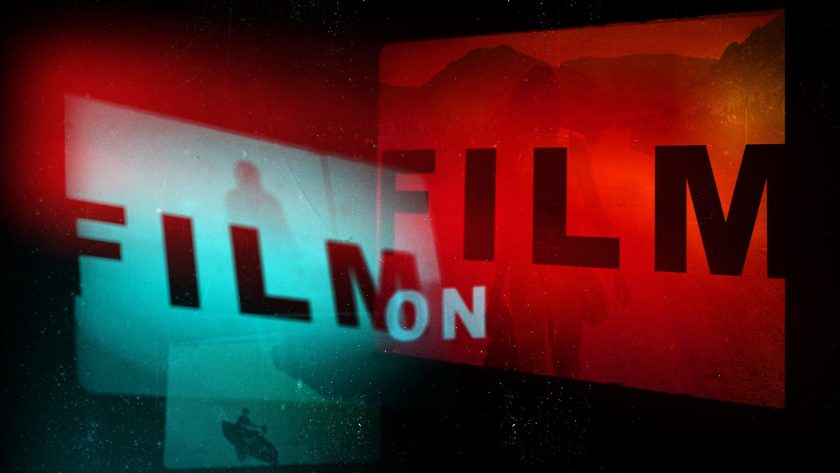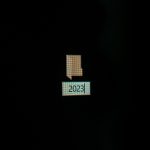Will Palmer writes about his experiences attending the BFI Film On Film Festival, a new festival dedicated to celebrating the art of film and film projection
The idea of a film festival centred around the technical aspect of the cinematic experience may initially appear odd, you don’t get music festivals dedicated to the sound-mixers, nor art exhibitions where the spectator is asked to consider the canvas the work is painted on. Nevertheless, the way we watch films has become a point of controversy for film-goers and filmmakers alike. From the shift to digital projection in the early 2000s, to iPhones allowing people to watch movies on a six-inch screen, and the abundance of movies being sent straight to home-streaming, the cinema has reached an identity crisis where a whole generation has been raised with a variety of equally viable ways to watch movies.
What’s more, most people don’t even consider this an issue, and the only question they might have about how to watch a film is whether they can access it. In spite of this, the BFI Film on Film festival had queues stretching out the door of Southbank building, with people hoping to get a standby ticket for movies like long-forgotten Argentinian gothic drama The House of the Angel (1957), or a late seventies Americana ensemble drama, centred around the now archaic citizens band radio system (aptly named Citizens Band (1977)). Normally, these screenings might be lucky to have a half-full auditorium, but in the context of this festival, the public were eager to see these unearthing’s of old archive prints, with any evidence of their wear-and-tear only adding to their glory.
With a line-up almost exclusively selected from the BFI National Archive’s collection of film and television, it’s remarkable that there was such a wide range of both films and methods of watching them. From newly made 35 mm prints of crowd-pleasers like In The Mood For Love (2000) and All About My Mother (1999) to montages of 16 mm experimental films, there was something for everyone, and this accessibility saw a lively atmosphere in the screening rooms and around the café and foyer of the Southbank centre across the entire weekend. This was aided by a wide array of free workshops, showing to anyone who came along how film stock was stored, handled and projected. Every screening was opened with a brief introductory talk by one of the BFI archive team, or specialist guest speakers. At the end of these, the audience would be invited to applaud the team of projectionists at the back of the room, and the lights would go down for the film to begin.

Some of the most exciting screenings involved the re-introduction of long dormant forms of projection. One day saw a screening room entirely dedicated to 3-D from the mid 1950s, which saw two reels being projected over each other, requiring incredibly precise work from those operating the projectors, as well as truncated run times arising from the extended interlude, as both reels would have to be changed and recalibrated at the same time. Needless to say, it’s obvious why this method didn’t take off, but the novelty of watching a John Wayne Western like Hondo (1953) or Hitchcock Murder Mystery like Dial M For Murder (1954) in this format was very enjoyable. Or, the dreamlike experience of watching a series of Telecinema/Telekinema shorts, ranging from surreal animation to Queen Elizabeth’s coronation, in this format.

Nitrate film-stock showings raised a similar excitement, being screened to the public for the first time in a decade. Phased out in the mid-20th century due to their highly flammable nature, their image quality remains unparalleled. Trying to describe it would be like describing why you should go to the national gallery rather than buy an A5 postcard of Van Gogh’s Sunflowers, it has to be seen to be understood. Due to their age, there are few presentable prints left, with the only colour one at the festival being Blood and Sand (1941). It was speculated in the introduction that this print will probably be unpresentable in a decade, and whilst there are only a handful of cinemas in Europe licensed to show nitrate prints, any opportunity undoubtedly ought to be seized upon.
All in all, the festival’s overt focus on the technical aspects of how we watch movies, demonstrating the importance of aspects such as film stock, size and restoration efforts, in such a direct way, along with the eager interest the public took towards it, suggests we’re at a turning point in how we view the cinema and movies in general. A portion of the public has grown past the novelty of streaming services, which have only fragmented, rather than consolidated, dreams of a readily accessible archive of movies for all people. By foregrounding the apparatus of how we watch movies, as well as the labour which makes this possible, we might be seeing a continued shift towards a socially conscious cinema industry. Unable to afford to hold tight to fantasy in a decade facing the consequences of a market disrupted by streaming and injured by Brexit, the Pandemic and a government reluctant to support its national arts industries. The irony here is that only one feature at the festival was made in the past decade, so to claim film shot on film is the future would be very bold. However, the method of this festival is clearly beneficial to the health and longevity of cinema in an era where many executives responsible for making them only consider the art that they fund to be ‘content’. We can hope that through preserving and illuminating the past, we can envision a better future where audiences understand the value of what they are watching.
Here’s hoping that the festival returns next year to further develop the very solid groundwork established in giving people an accessible, inviting space not just to think about the movies we watch, but how we may watch and support them in a way that sustains cinemas and the people who keep them running.
The BFI Film on Film Festival ran from June 8-11. The author would like to thank the BFI for Providing Press access to the festival.




